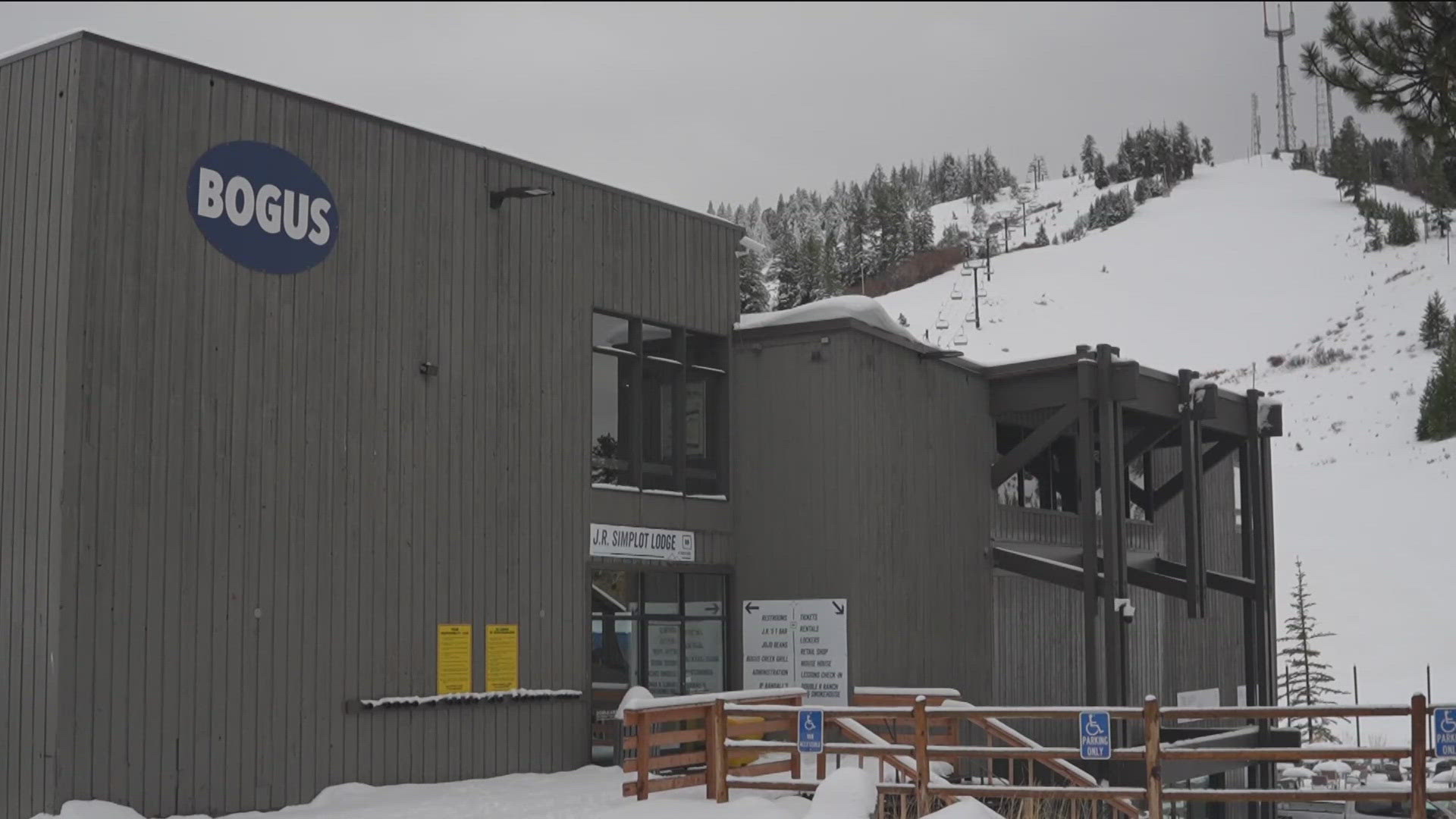CHARLOTTE, N.C. — According to the National Oceanic and Atmospheric Administration, cloud seeding is a type of weather modification that requires a release of chemicals into the atmosphere. By releasing the particles, the goal is to have water condense or freeze on them and become heavy enough to produce rain.
Note: NOAA does not participate independently in these types of activities.
In order to have rain and clouds, water condenses on particles referred to as cloud condensation nuclei. This is typically dust, smoke or pollen suspended in the atmosphere.
In the case of cloud seeding, most of the research WCNC Charlotte meteorologist Brittany Van Voorhees has seen on the topic uses silver iodide. Essentially, these particles are being forced into a storm cloud so water will condense onto them. The silver iodide acts as ice crystals, forming a nucleus to help produce snowflakes.
This only works if a storm is already present or water already exists in the atmosphere – the storms don’t form independently from cloud seeding.
NOAA’s Hurricane Research Division notes in this online article on cloud seeding that the idea sought to tap into the latent heat of fusion. This refers to the energy released when a liquid changes its phase at its freezing point without a change in temperature.
The heat within a liquid is released as the liquid freezes. It was assumed that additional latent heat would add buoyancy and strengthen the updrafts and cause significant cloud growth. Thus, higher updrafts means larger and heavier storms, and more rain and snow production.
Is it effective and is it safe?
According to the World Meteorological Organization, cloud seeding technology can boost the rainfall or snowfall in a specific storm cloud by up to 25% under ideal conditions.
The WMO says this can have a positive impact on prolonged drought-stricken areas, restore natural ecosystems impacted by climate change, and strengthen climate resilience.
According to Utah’s Department of Natural Resources, the silver iodide used in cloud seeding is not known to be harmful to the environment, humans or wildlife. The organization says it is used in small amounts and is a compound that exists naturally in the environment.
Contact Brittany Van Voorhees at bvanvoorhe@wcnc.com and follow her on Facebook, X and Instagram.



